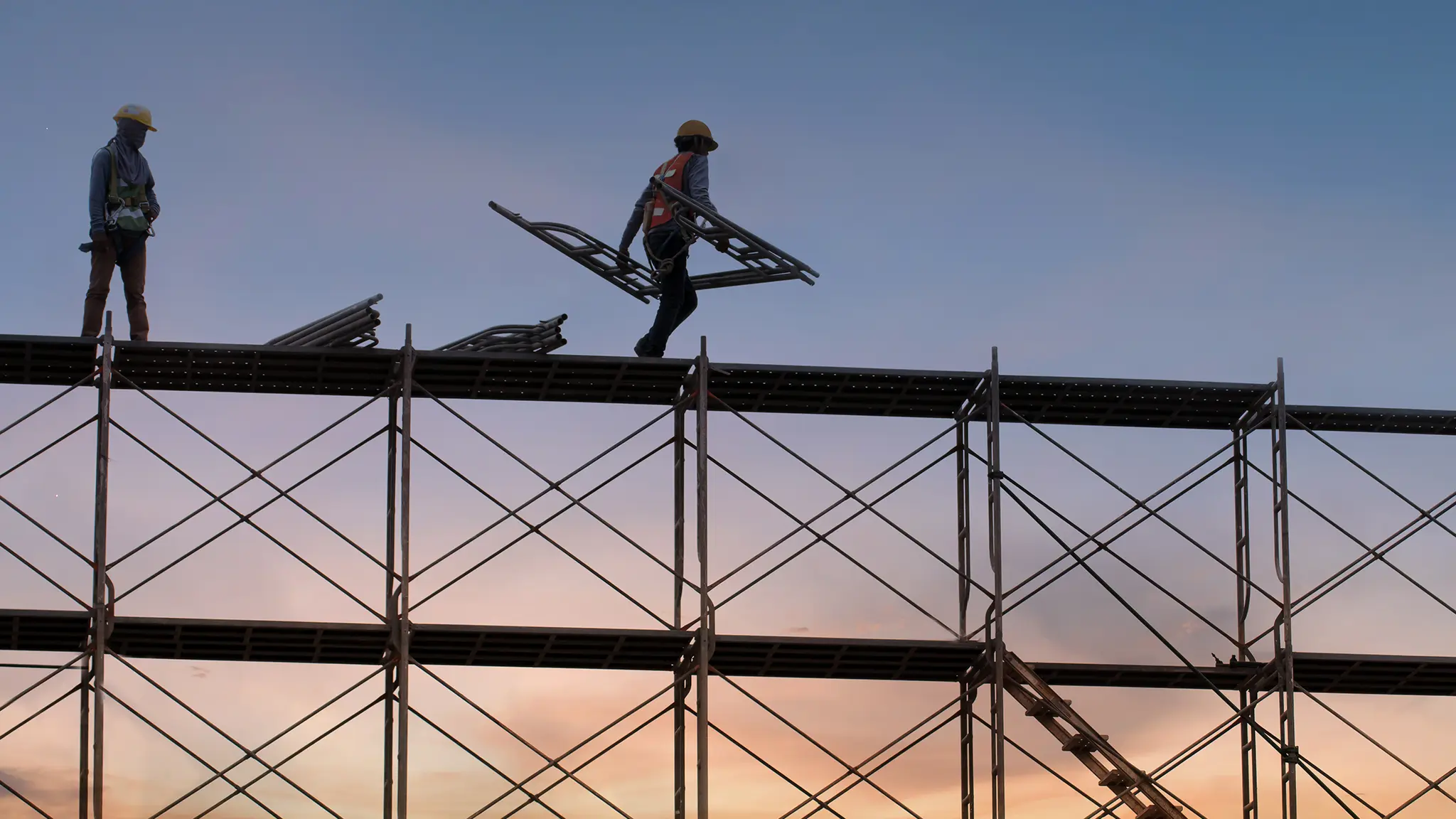The risk of falling from height is one of the biggest dangers for workers in many sectors. To minimize this risk, the use of occupational safety seat belts is vital. As EKSED, we offer seat belts and accessories suitable for all types of working at height needs.
The Importance of Work Safety Seat Belts
Occupational safety seat belts used in working at heights are vital equipment designed to minimize the risk of employees falling. These belts help prevent work accidents by ensuring the safety of employees. It is also necessary to comply with legal regulations and meet occupational health and safety standards.
Seat Belt Types
Seat belts vary according to their areas of use and the level of protection they provide. The most common types of seat belts are:
- Waist Type Seat Belts: It is a simple and lightweight type of seat belt. It is generally used in short-term and low-risk work at height.
- Parachute Type Seat Belts: It is a type of seat belt that provides more protection and covers the whole body. It is used in long-term and high-risk work at height.
- Full Body Seat Belts: It is a type of seat belt used especially in challenging conditions such as rescue and firefighting.
Features of Work Safety Seat Belts
1. Durability and Quality: Work safety seat belts should be produced from durable and quality materials. Generally, materials such as high-strength nylon, polyester or polypropylene are used. These materials are resistant to wear and tear, thus ensuring long-lasting use.
2. Adjustability: Work safety seat belts should have adjustable straps that can adapt to different body sizes. This feature ensures that each employee gets a suitable fit and offers comfortable use.
3. Lock Systems: Safety interlock systems are important to ensure seat belts are worn correctly. Reliable locking mechanisms, such as automatic locking or carabiners, allow workers to use their belts safely.
4. Fall Prevention Features: Work safety seat belts must have fall prevention features. This helps prevent serious injuries by allowing the worker to stop quickly and effectively in the event of a fall.
5. Accessory Compatibility: Seat belts must be compatible with different accessories. This allows workers to add or replace additional equipment as needed. For example, emergency evacuation systems or workplace climbing equipment.
6. High Capacity Buckle and Attachments: The buckles and connection points used in work safety seat belts are generally high capacity and durable. These points ensure correct fastening of the belt and maximize the safety of the worker.
7. Ergonomic Design: Work safety seat belts are ergonomically designed to increase the comfort of users. Features such as shoulder pads, lumbar supports and adjustable straps ensure comfort even during long periods of use.
8. Lightweight and Flexible Structure: Modern work safety seat belts are generally lightweight and flexible. This ensures safety without restricting workers' mobility and reduces fatigue during long-term use.
9. Anti-Static Properties: Some work safety seat belts have anti-static properties. This feature prevents workers from accumulating static electricity and improves safety in flammable environments.
10. Compliance with International Standards: Work safety seat belts must be produced in accordance with international standards. These standards ensure that belts meet certain requirements in terms of safety, durability and performance.
Things to Consider When Using and Choosing a Seat Belt
There are many factors to consider when choosing a seat belt. The most important of these are:
- Area of Use: In what type of work at height will the seat belt be used?
- Level of Protection Provided: How much protection should the seat belt provide?
- User's Comfort: Should the seat belt provide comfortable movement for the user?
Some important points to consider when using a seat belt are:
- The belt should be checked before each use.
- The belt should be adjusted to fit the user's size.
- The belt must be attached to a sturdy anchor point.
- The belt must be worn correctly in case of a fall.
Guarantee Your Safety While Working at Height
Occupational safety seat belts used in working at heights are critical to ensure the safety of employees. It is important that these belts are durable, adjustable, have secure locking systems and have fall prevention features. As EKSED, we emphasize the importance of occupational safety seat belts and continue to offer the highest quality products to ensure the safety of employees working at height.



 by
by